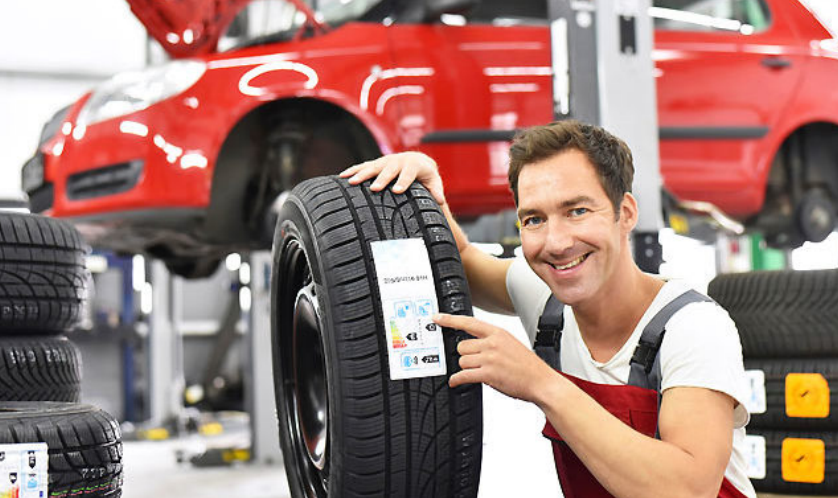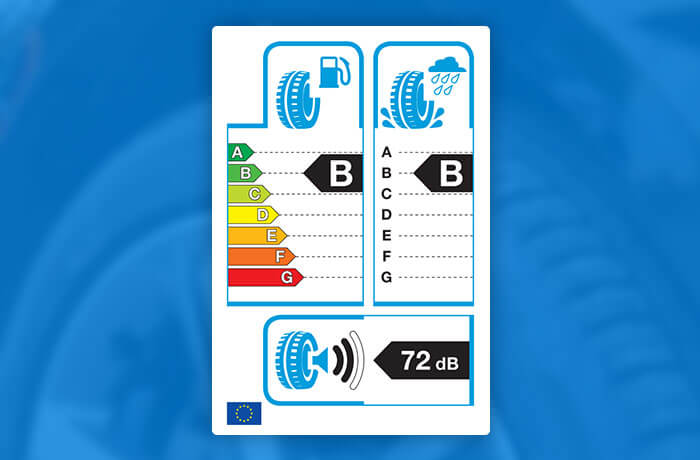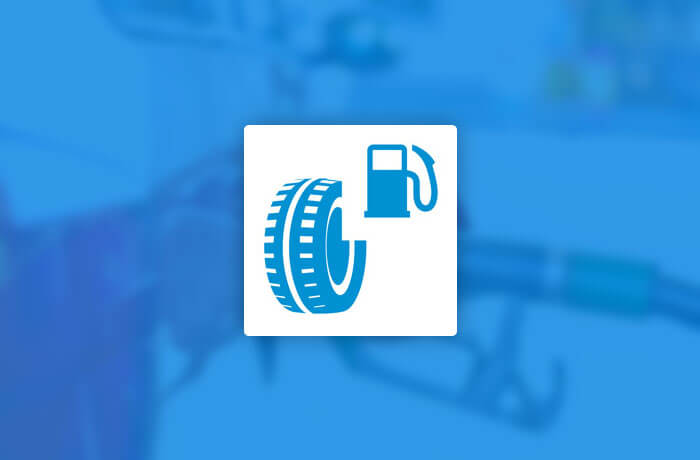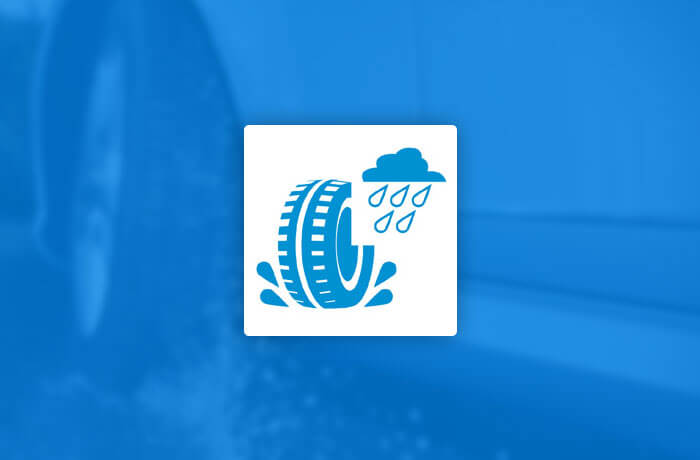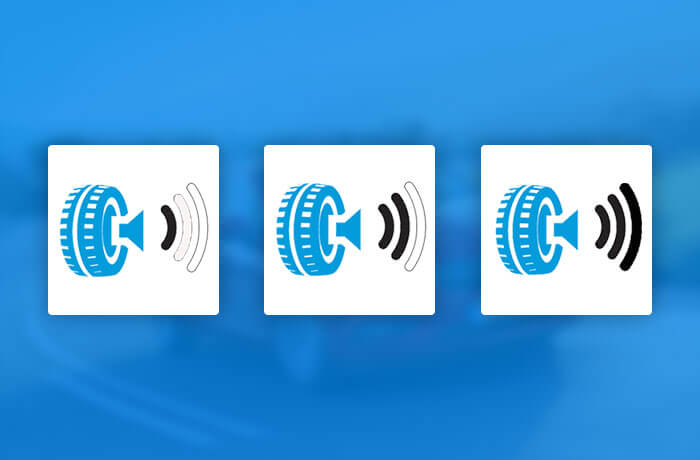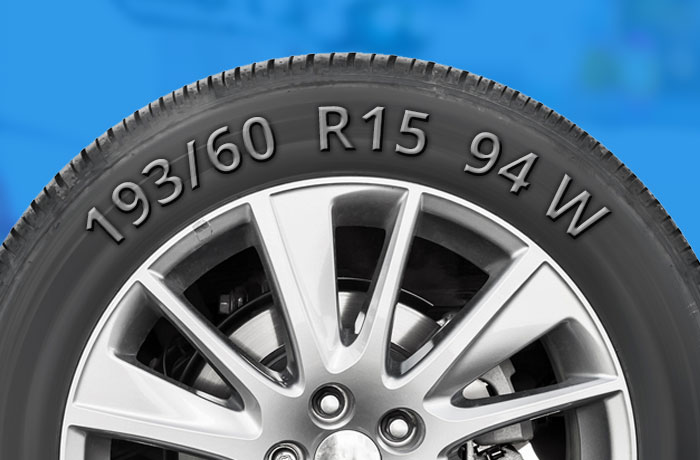Are you looking to buy new tires? This guide helps you discover the mysteries behind some of the labels and codes printed on them.
This label shows the friction of the tire during rotation by measuring the amount of energy that is lost. This amount of energy consumed depends on the consumption of tire wear and their crushing.
Tires that have lower friction during rotation consume less fuel and as a result the rating is higher.
Dripping friction
The assessment of the friction of the rubber in the humidity is measured by the distance that the machine needs to stop in rainy weather.
Indeed the stopping distance depends on several factors, but the main thing is rubbing with humidity asphalt and their pressure.
Car tire manufacturers strive to find the middle of gold between low fuel consumption and proper friction on the road.
Noises
The outer noise generated by the tires is measured in decibels (dB) and is a recently introduced indicator so that drivers can avoid acoustic pollution.
This is intended to reduce street noise. The visual indicator is in wave form from the lowest to the highest. With tires that produce little noise, not only those around you will feel grateful, but also your own car.
Understanding numbers
Each tire has letters and printed numbers that provide the right information about the rubber you need in your car.
They determine the width, height, diameter, profile, maximum weight, and maximum speed. Above is an example.
And here’s what each of the numbers and letters show:
- 193 – The width of the rubber in millimeters
- 60 – Rubber height R – Radiation construction
- 15 – Diameter of the disks in inches
- 94 – The maximum weight that can hold the tires
- W – The maximum speed that tires can withstand
These data are used to determine the ideal rubber pressure.
Maximum speed according to the letters
The letter corresponding to the maximum speed of the rubber is the last of the numbers and fonts printed on it. It shows the maximum speed they can afford. Here’s a chart:
N 140
P 150
Q 160
R 170
S 180
T 190
U 200
H 210
V 240
Z 240+
W 270
Y 300
> Read Next: Here are 15 tips to keep your car running as long as possible
